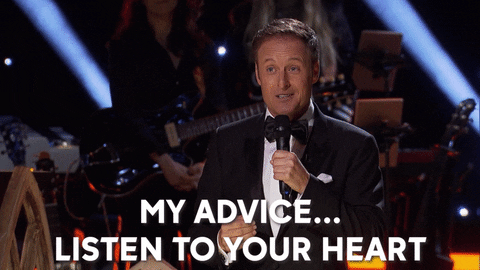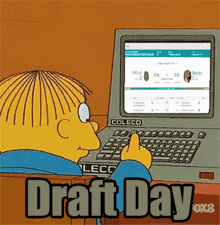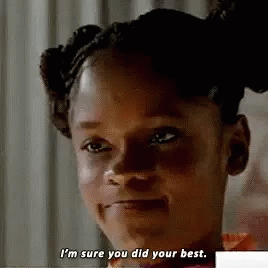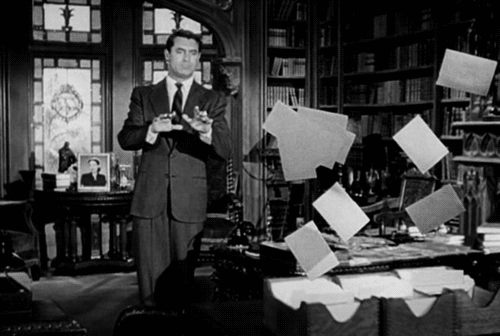HOW TO WRITE A SHORT STORY IN 10 SIMPLE STEPS
HOW TO SIMPLY WRITE SHORT STORIES
The world of stories always fascinates us for their beautiful start and crisp end. Be it “The Jungle Book” of Rudyard Kipling or “The Lottery” of Shirley Jackson, what keeps us hooked is everything the way they have been written.
The very basic of writing a story is to read as many stories as you can. Every story has its own story! The idea is to know how to write beautiful thoughts into an amazing storyline. If you see yourself as a storyteller, a keen observer of things happening around you and you love to play with words then this blog is for you for sure.
Here we have come up with the whole concept of writing short stories in simpler ways.
What is a Short Story?
In the words of writer Stephen Vincent Benét, a short story is “Something that can be read in an hour and remembered for a lifetime.” Short stories are mostly published in literary magazines or Anthologies written by more than one writer.
Mostly short stories are written between 5000-7000 words and not more than 10,000 words. Even micro fiction can be included in short stories ranging between 500-700 words.
People love to read short stories because they are quick to read, easy to remember and can even change how you see the world. Life is beautiful when you read short stories and more beautiful when you can write one. So stay to this write-up and we will make you write interesting short stories the way you want to read one!
What are the Steps to Writing a Short Story?
How can you come up with the great short story?
How to manage your thoughts to come up in a one small short story?
How to find inspiration to write your story?
What can be those major incidents you can include in your story?
You might be having these particular questions in your mind when you sit to write a short story. Let us tell you that writing a short story is very much about a feeling instead of complex, masterful plotting. Remember it is all about your heart into the idea of writing a story. Just close your eyes, hold your heart and think of that particular idea you wish to write about.
-
Know Your Heart
The most important thing is to find the key emotion of the story. It can be love, heartbreak, kindness or any emotion you want to show in the story. The key emotion in your story is the feeling or impression you want to give your readers that will stick with them, possibly for the rest of their lives.
The best way to find the key emotion is the one from your life, it can be already in your mind or any of your experience. If you are struggling in finding one then you must read as many short stories of your favourite genre. The most important thing in writing the story is that it must be compelling, meaningful and the writer must be fully convinced with the idea.
Source: Giphy
-
Make a Draft
After knowing the key emotion of your story,you must go for the drafting of your story. You need to make the right tone, introduce your characters and keep your storyline interesting for your readers. As it is a short story, it must be crisp and interesting. You can add a different flavour of words, make it more interesting and engaging with the audience.
Source: Tenor
-
Create Characters from the People You Know
Now creating characters will be an important task. Your characters need to be relatable, interesting and the ones who can always be on people’s mind after reading your story. Pen down your important characters, think about their names and imagine them in your head playing their roles as you want them to. You can also add some good adjectives for them to define their personality. As it is a short story, adjectives and words will always play a key role so choose your words wisely and here you can take help of various sites and apps to get better with your vocabulary.
Source: Tenor
-
Get Writing
Start writing your scene in a captivating setting. Define your characters, frame dialogues and start writing while imagining your story. If required, read similar stories and get ideas around which you can frame your own storyline. A short story must have a single mood and each sentence must be towards that. Be consistent with the key emotion of the story and here you go!
Source: Tenor
-
Structure the Story
Structure the short story accordingly. You can rearrange your sentences or even add or delete some dialogues. You may wish to add flavor to your sentences by writing them in changed voices. This will give a fine structure to your story. Ensure the perfect timing of dialogues, scenes and characters. The structure also very much depends on the genre of the story. If you are writing a suspense story then remember to maintain it till the last.
Source: Giphy
-
Ensure a Satisfying Ending
Nothing can disappoint a reader then a great narrative with its weak ending. Ask yourself how you wish to read the ending of the beautiful tale you have written. Ending of the story must be like a dessert, the best thing which you eat at the end of the meal and taste remains even after! Even if you’ve known your ending since day one, you still need to execute it for maximum emotional effect the final push for your key emotion. Try using dialogue to end your story, or reveal a twist in the very last sentence, leaving the reader reeling.
Source: Gifer
-
Re-read Your Story
Sometimes writers do not want to re-read their stories in the excitement of getting it published or posted. Also you can take some break and re-read your story after some time to see it with fresh eyes. Once again, keep in mind the key mood you’re trying to express. Read your short story back at least three times, paying attention to how plot, characters, dialogue, scenes and settings all work together toward one common goal. Read your story with different angles,find flaws and correct them.
Source: Giphy
-
Edit by Yourself
Spend some time with your story and edit,edit and edit till you don’t feel like editing more. It is completely fine to change the sentences, words and characters till you don’t vibe with what you have written. You may even want to replace words and phrases you have written to match with the feel of the complete story. Editing yourself will give you confidence to play great with your characters.
Source: Pinterest
-
Ask Others to Proofread
You can ask your friends to read your story and give honest feedback. Proofreading by more than one people will help you to get better with the storyline, sentence formations, and also spelling and grammatical errors. Proofreading by others helps to get as many corrections we can have in the story.
Source: Giphy
-
Get it Published
Once you’ve drafted, edited, rewritten, and proofread your story, it’s time to let it stand on its own by showing it to friends and submitting it to be published in literary magazines and contests. You can even publish it on your social media platforms or on your own blog. Make sure you ask for feedback from everyone who receives your short story, from judges to fellow writers, whether published or not.
Source: Gipher










